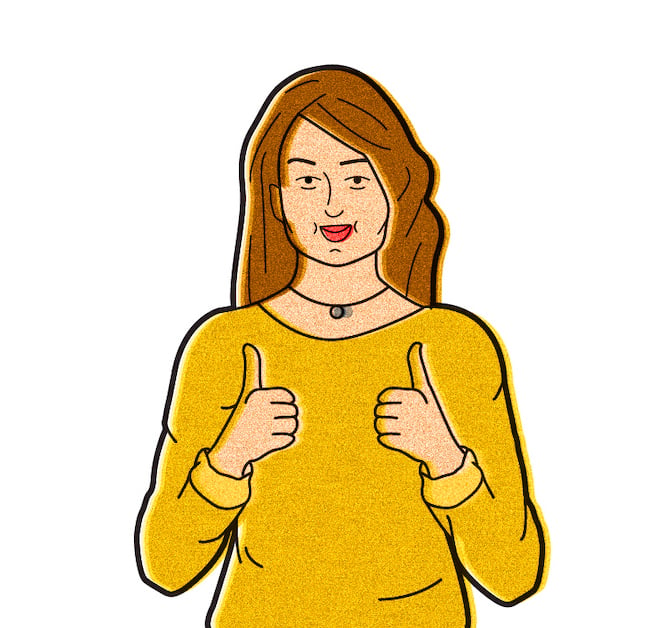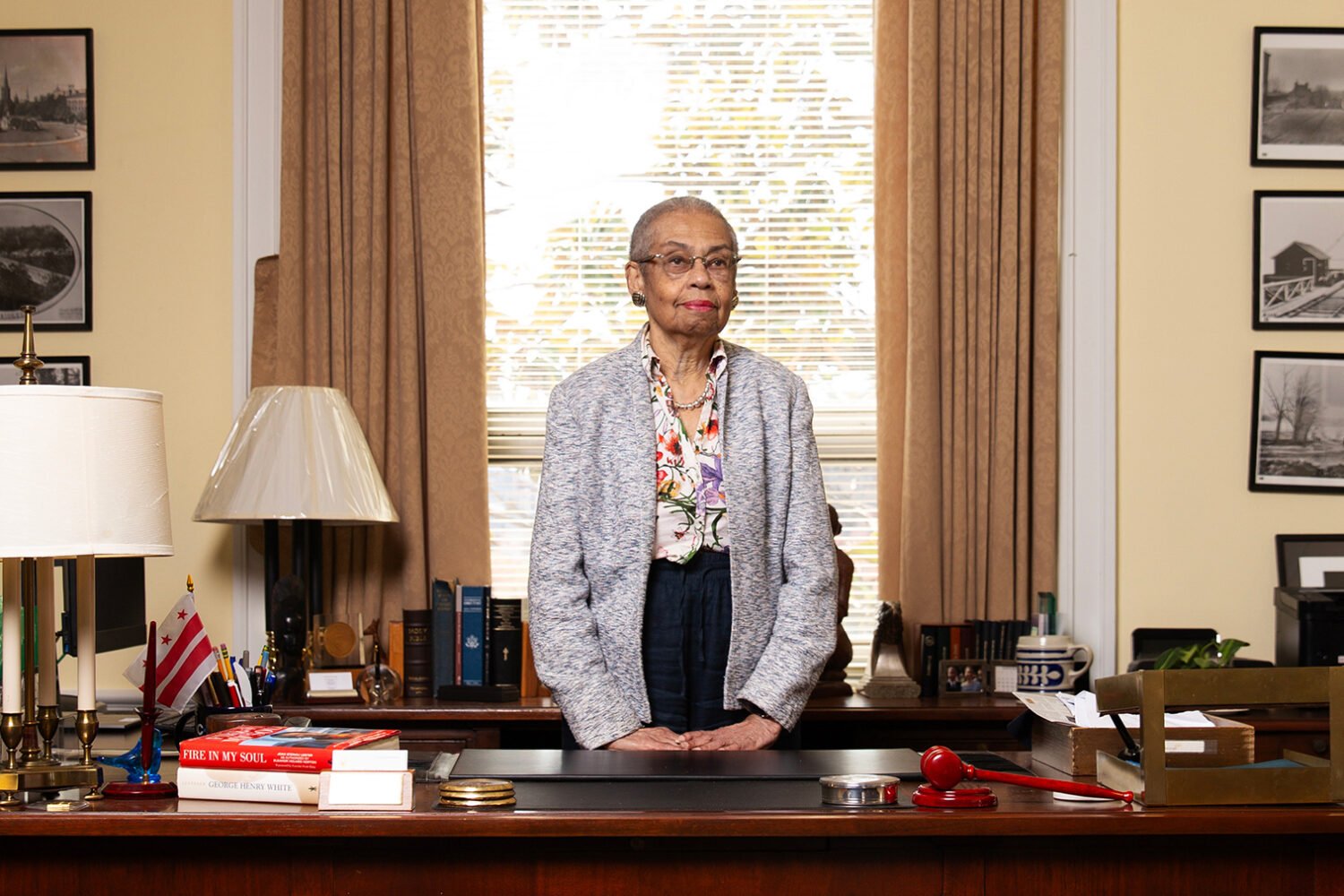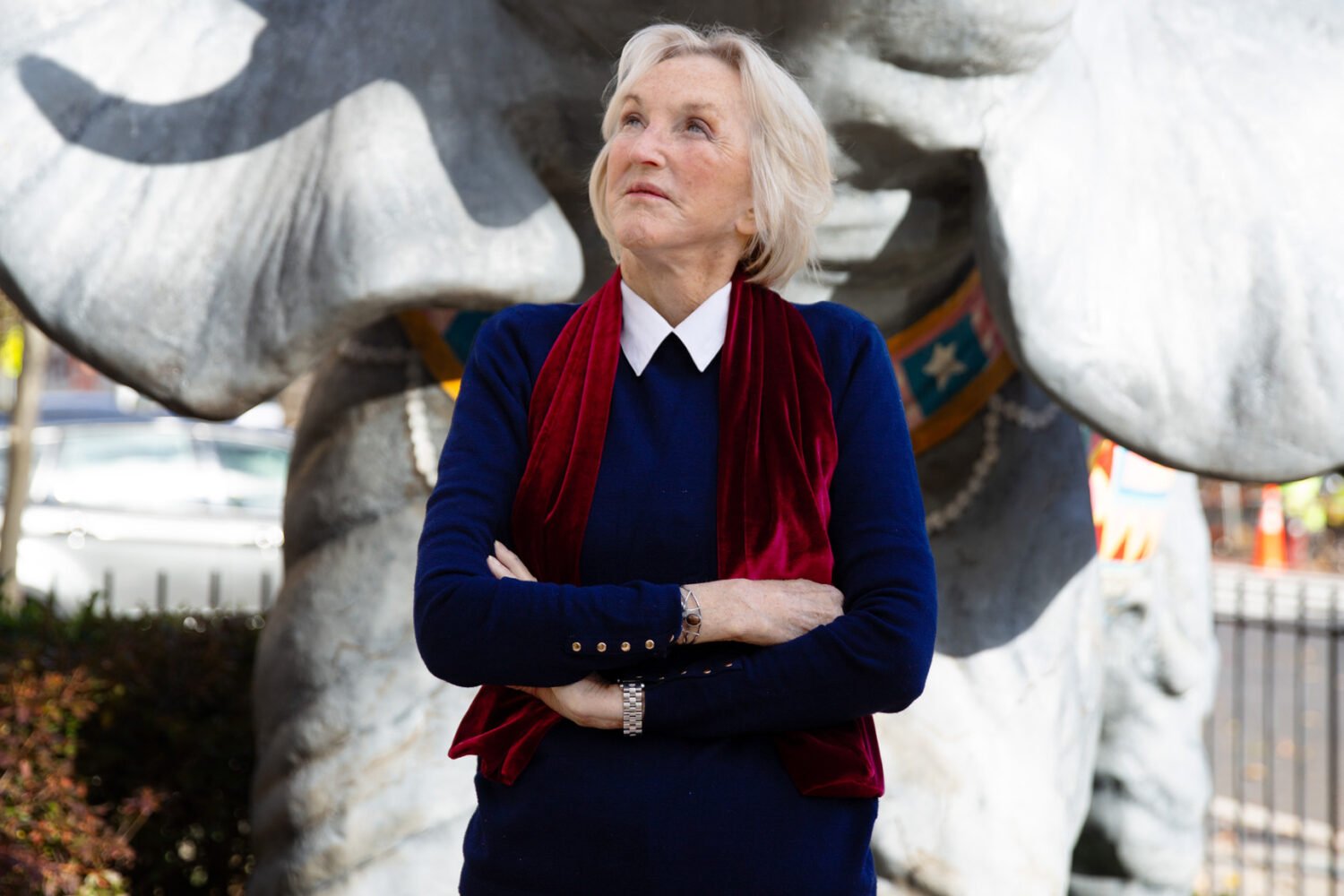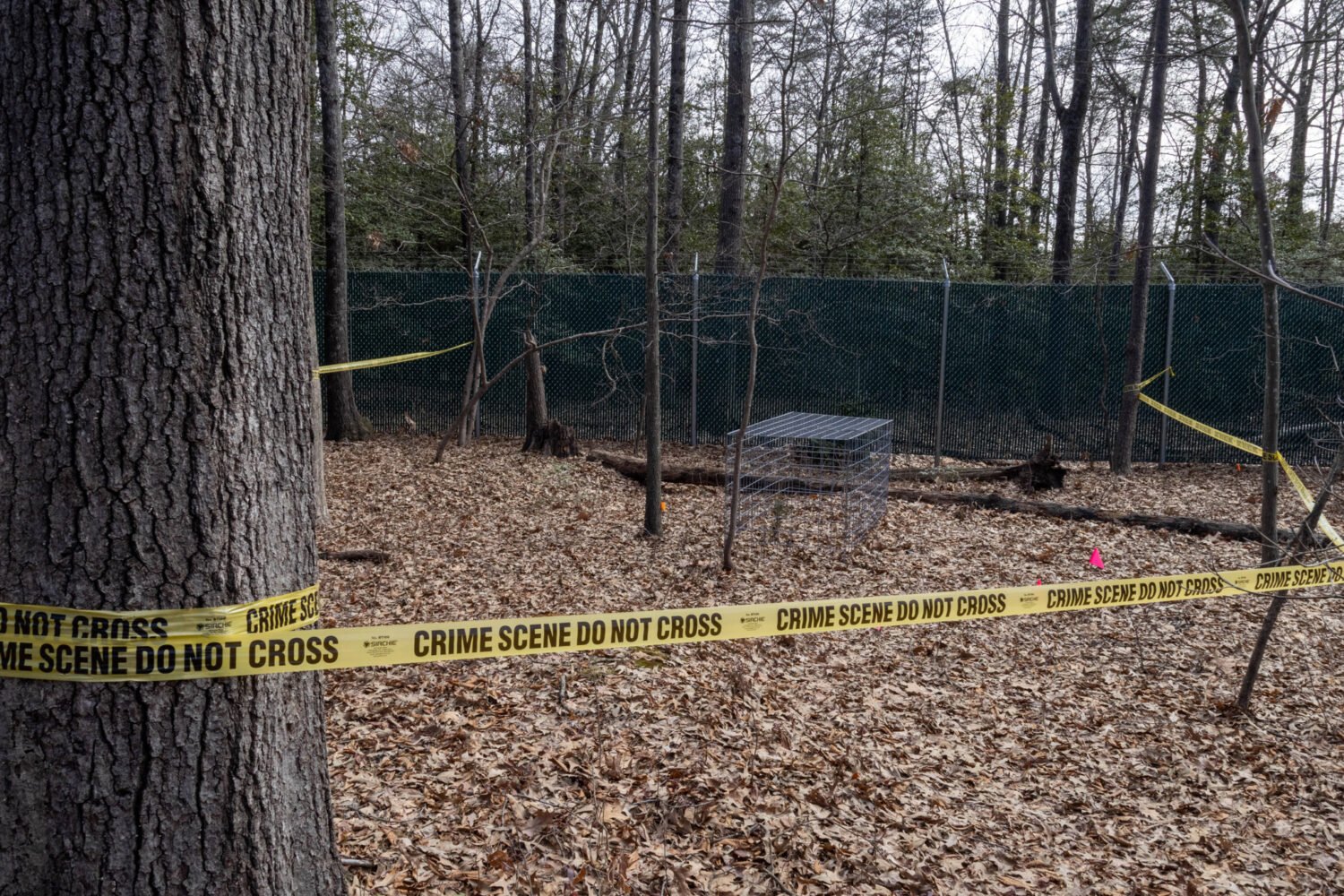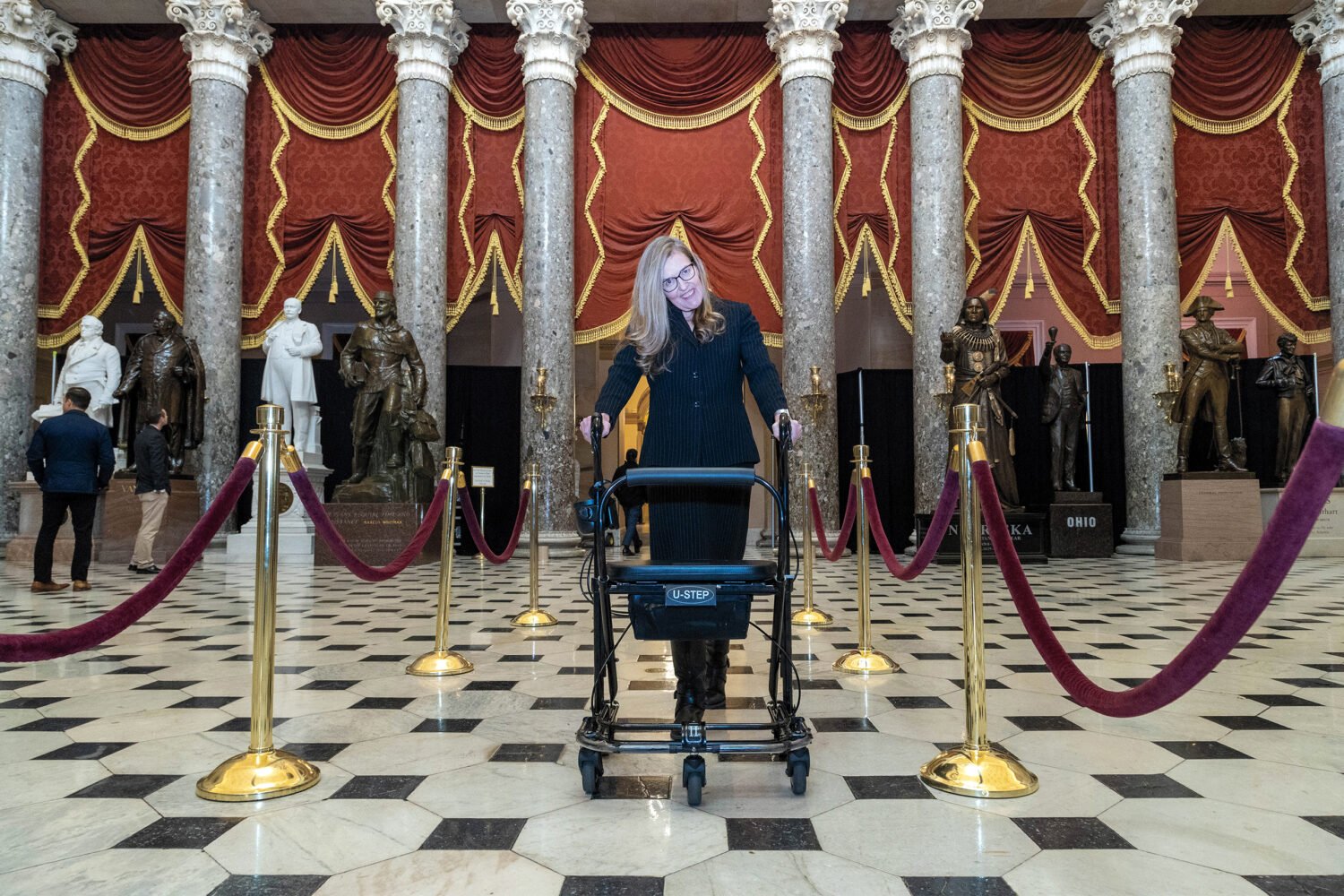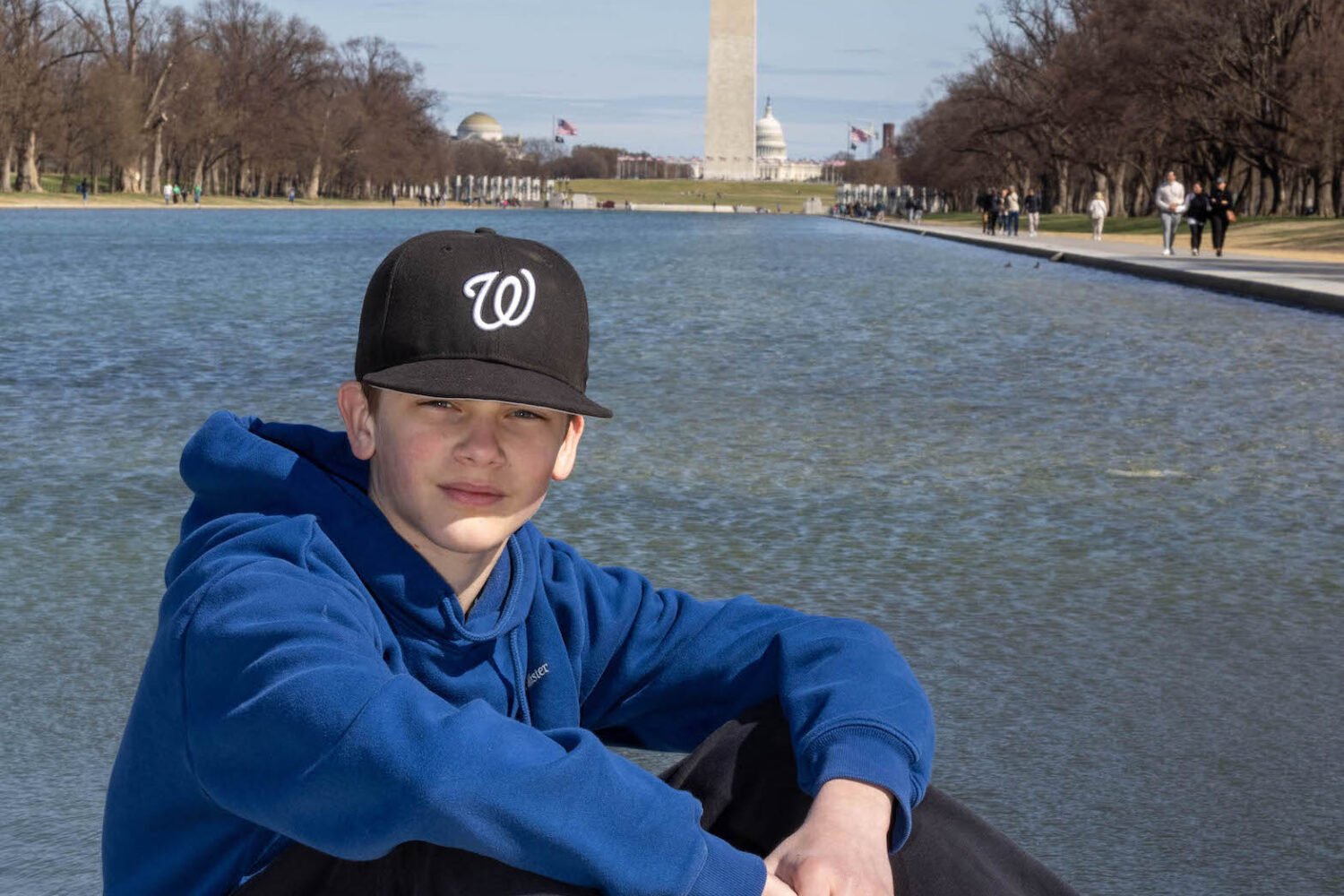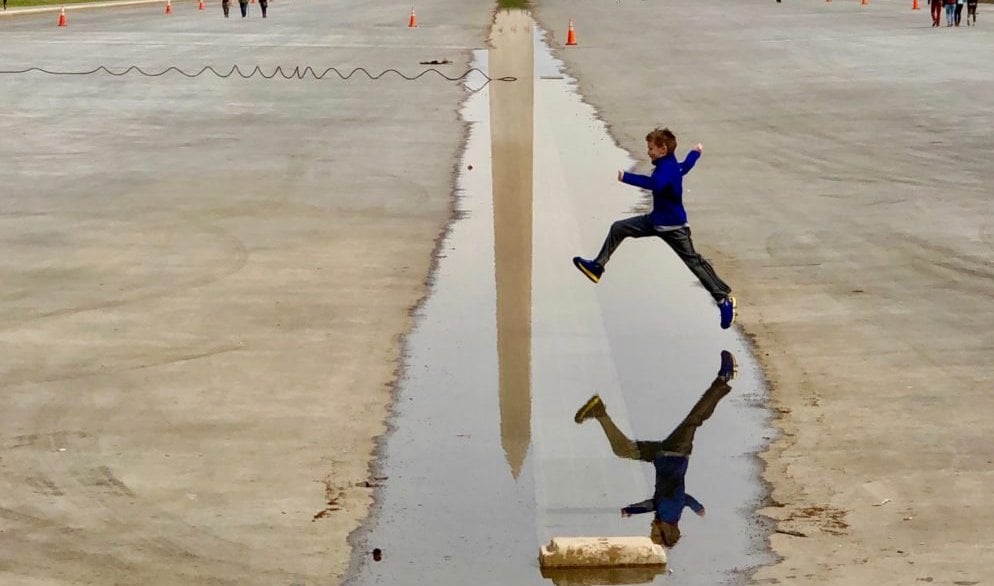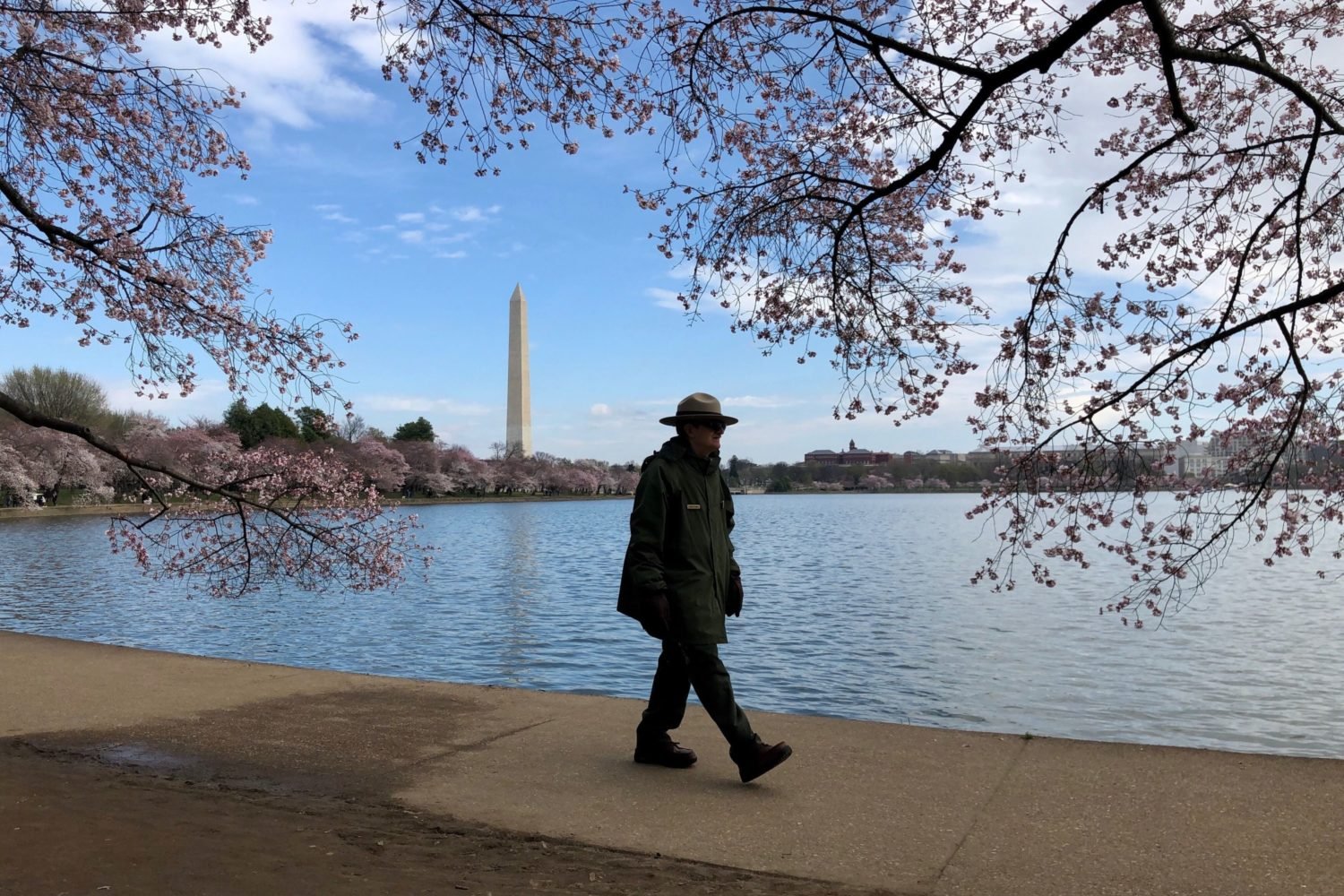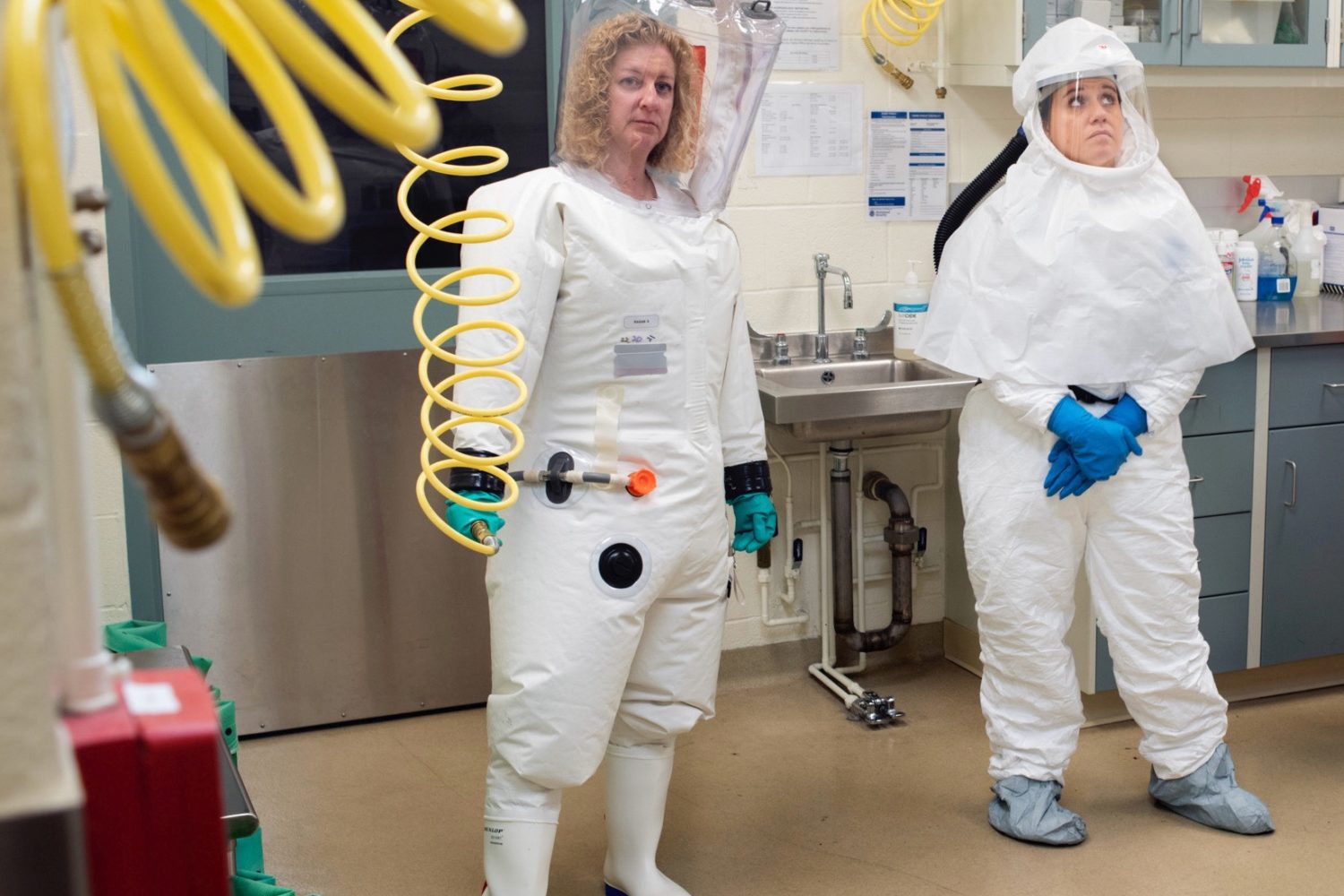About Coronavirus 2020
Washingtonian is keeping you up to date on the coronavirus around DC.
Contents
It’s a universal symbol of goodwill and, in Washington, an emblem of access and power, too. (RIP, grip-and-grins.) In the America that emerges from Covid, what could possibly replace the handshake? Local anthropologists have a few ideas.
The Traditional Hello
Usage: “Nice to see you.”
How-to: Put your palms together and bow slightly, à la namaste.
How-to: Give a quick military salute.
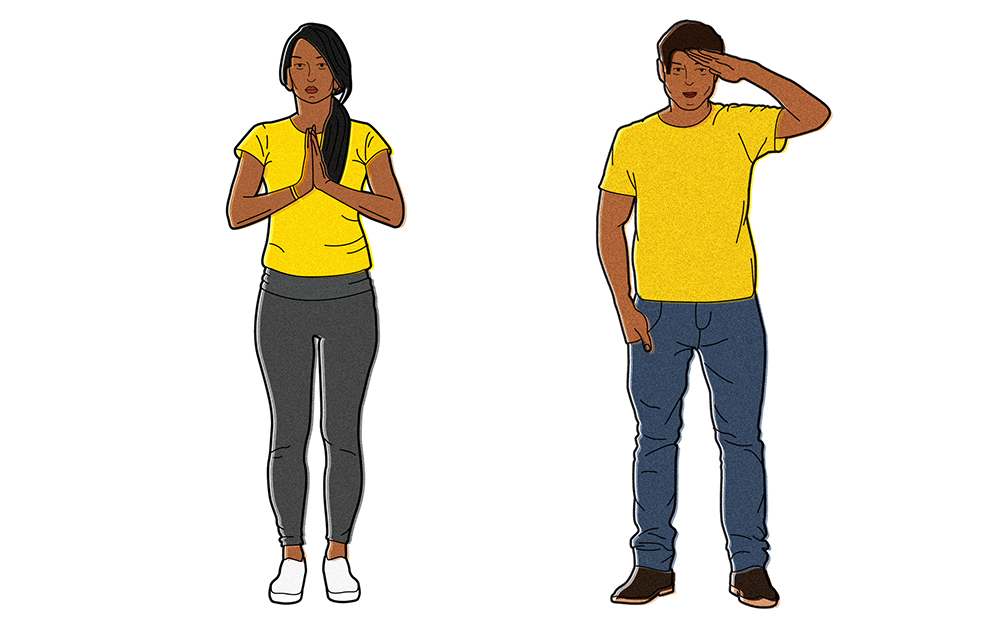
Anthropologists agree it will be difficult to settle on a universal greeting that’s as neutral as the handshake. More likely, we’ll see a range of salutations, some adapted from abroad, others borrowed from subcultures. Plenty of non-Western countries have default greetings that could simply be swapped in for a handshake: the subtle bow of Japan or perhaps namaste, the widespread greeting across Southeast Asia. (In Sanskrit, the word means “I bow to the divine in you.”) But in a politically polarized country, alas, there are folks who might be uncomfortable with any hello of foreign origin. For them, enter the elbow bump, friendly back slap, or military-style salute.
Back to Top
The Air Bisou
Usage: “Hello, dear!”
How-to: Move your head in the opposite direction of your companion’s and blow a kiss (making sure to stay six feet away).
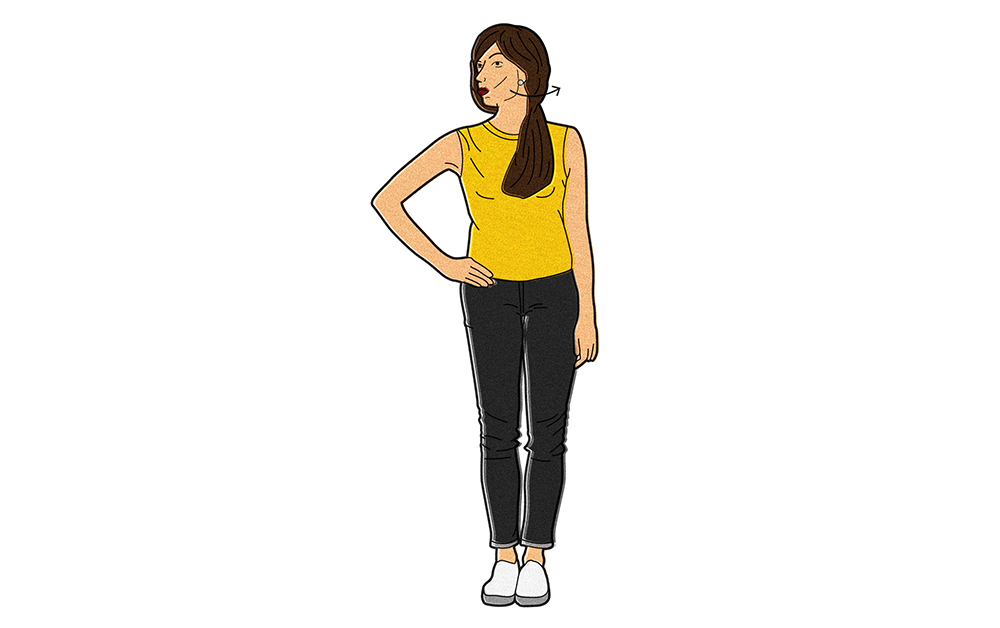
Originated by the Romans, la bise, air-kissing, has been enshrined in French culture for hundreds of years. Though it fell out of favor for a few centuries after the Plague, it started to come back following the French Revolution in 1789—a gesture of equality and fraternity. Today, air bisous (kisses) are nearly ubiquitous among Francophone family, friends, colleagues, and even strangers (when they’re friends of friends). It probably goes without saying, but Americans best reserve the practice for closest company.
Back to Top
The New Grip-and-Grin
Usage: “Look how well we work together! Not a publicity stunt at all!”
How-to: Position yourselves exactly six feet apart and flash two thumbs up and a big cheese! for the camera.
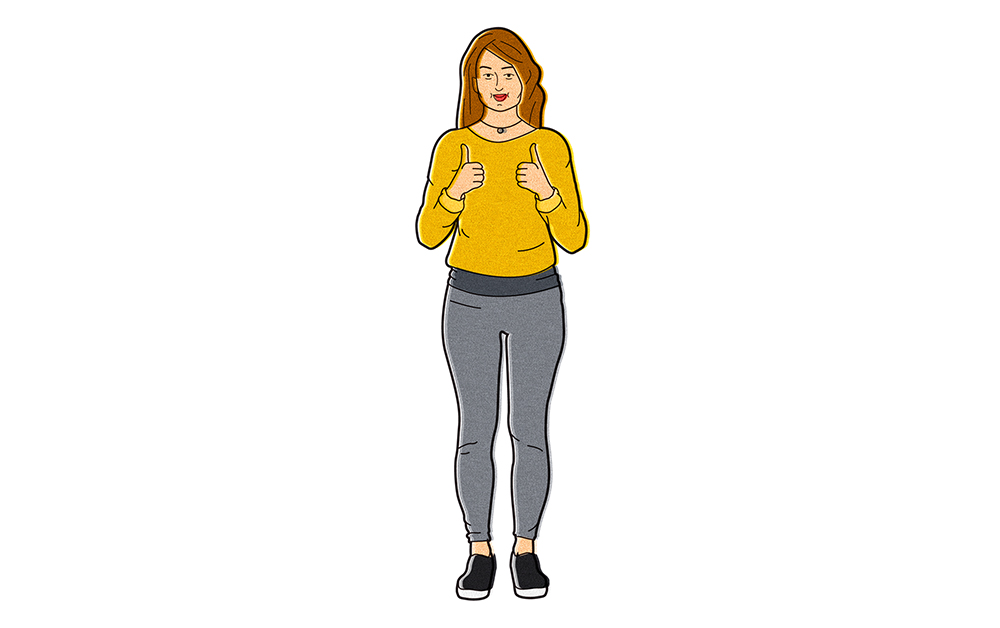
How to preserve one of Washington’s schmooziest gestures sans grip? Keep the smarmy grin, for starters. From there, it depends on what VIPs adopt, says Jesse Ribot, a human geographer at AU. Our bet: the double thumbs-up. A longtime photo-op favorite of President Trump (himself a germophobe), the gesture has also been used by President Obama and Vice President Biden. In the US, it stands for success and goodwill—but aspiring diplomats, take note: Hugh Gusterson, a professor of anthropology and international affairs at GW, says that in some cultures, thumbs up are equivalent to flipping the bird.
Back to Top
The Super Power Pose
Usage: “I’m the boss here.”
How-to: Hands on hips, chest puffed out, chin elevated, and a slight nod—eyes intensely locked.
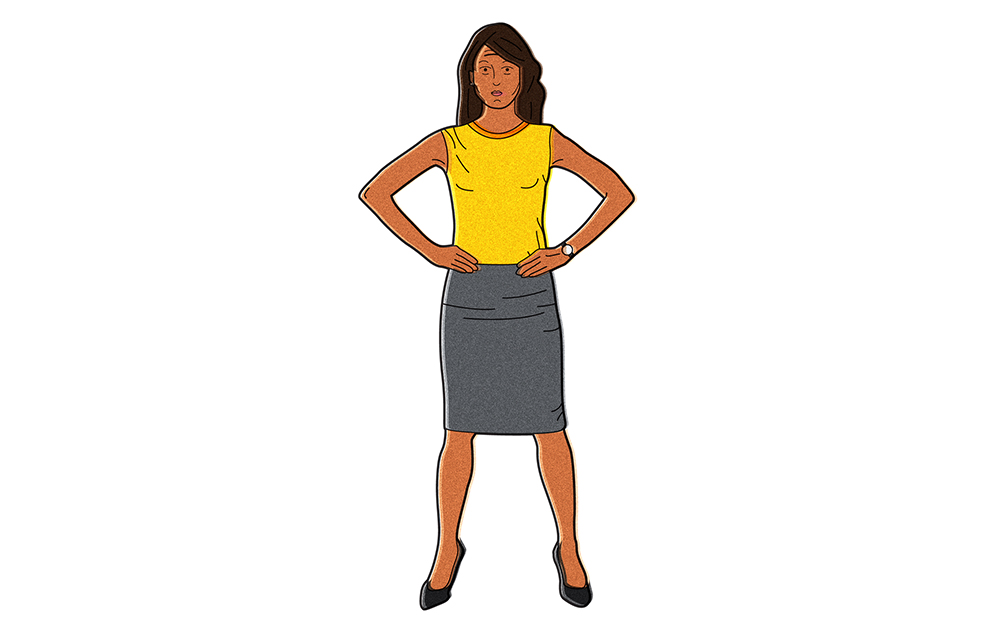
In the absence of bone-crushing hand grips to signal power, projecting one’s alpha status will depend on assertive body language, says medical anthropologist Emily Mendenhall, a professor at Georgetown. Animal-kingdom examples have existed since eternity, such as male peacocks standing tall and fanning their tail feathers to assert dominance during mating season. Meanwhile, eye contact—long important in establishing trustworthiness, says GW anthropology professor Hugh Gusterson—will be an even more important way to size someone up. Expect variations on the power pose among heads of state and politicians on opposite sides of the aisle. (Will politics feel more divisive than it already does?)
Back to Top
The Party Pleaser
Usage: “Lovely to be with you all (but please stay back!).”
How-to: Clasp your hands together, bring toward your chest, and gently shake forward and back.
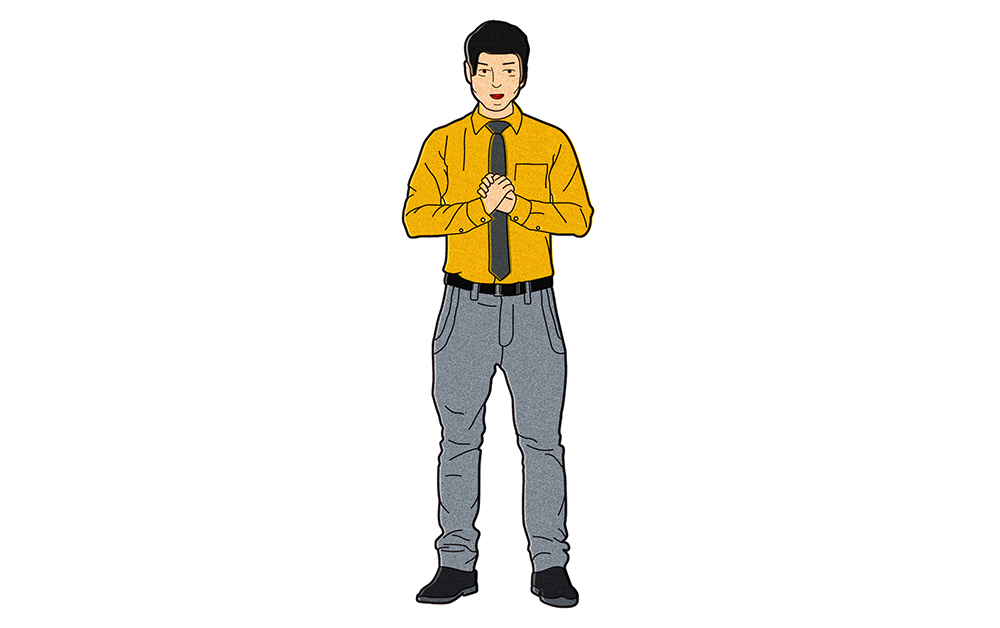
In Senegal and many other parts of West Africa, handshaking is a de rigueur part of hellos—but not when entering a crowded room. In that case, individual greetings are considered impractical, says Jesse Ribot, a human geographer at AU. Instead, people shake their own hand, a timesaving, thank-you-no-thank-you sort of gesture that signals, “I’m shaking all of your hands at once.”
Back to Top
The Vulcan Salute
Usage: “Peace be with you, fellow Trekkie.”
How-to: Raise hand; divide fingers so the thumb is solo, index and middle fingers touch, ring and pinky fingers touch.
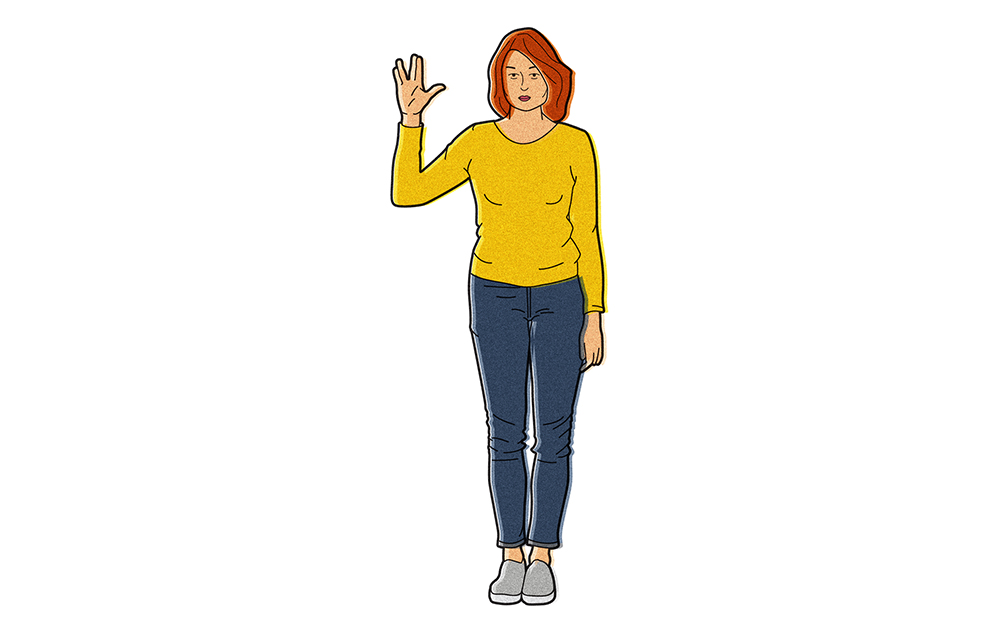
Not the likeliest option due to its difficulty and relative obscurity among non-Trekkies, says AU’s Jesse Ribot. But imagine us all deploying Spock’s trademark salutation! Star Trek actor Leonard Nimoy was inspired by the Kohanim blessing from his Jewish faith, in which the priest links both hands Vulcan-style. In Spock’s rendition, the gesture was paired with the words “Live long and prosper.” Come to think of it, can you imagine a better greeting for our times?
This article appears in the June/July 2020 issue of Washingtonian.
